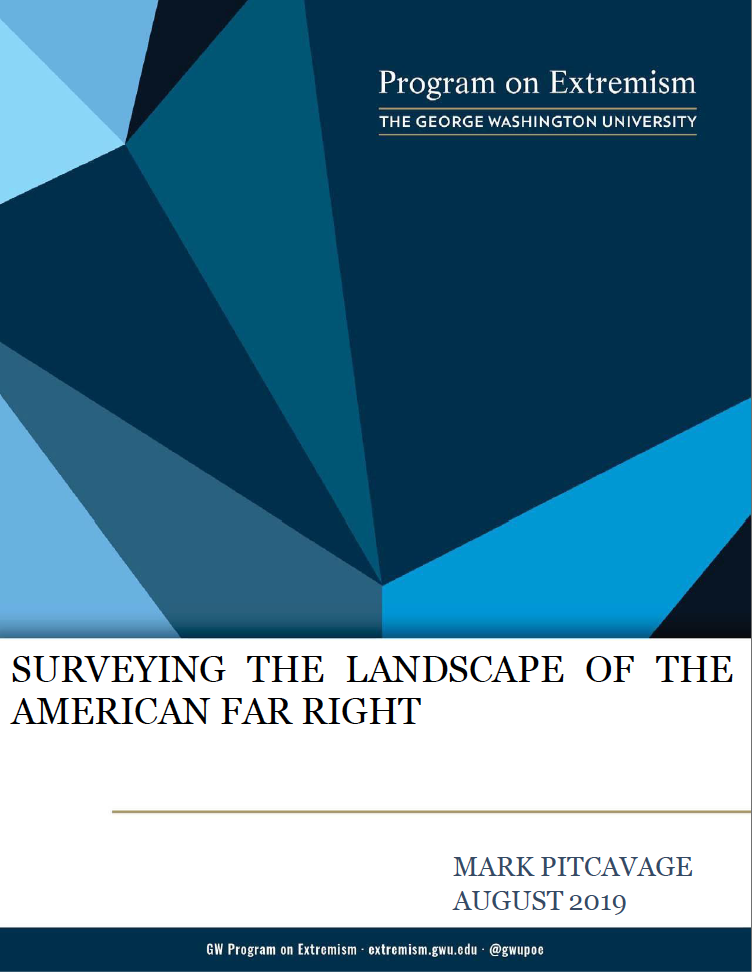The further back in American history one travels, the harder it is to maintain a sense of political “left” and “right” that is consistent with modern party affiliations or other delineations. Nevertheless, one can identify two ideological strains—white supremacy and nativism—that solidified in the early- to mid-19th century, becoming staples of the far right to the present day. By the late 1800s, two more strains joined them: 1) extreme hostility to socialism and communism (what one might call political sinistrophobia) and 2) ideological anti-Semitism. These four belief systems dominated the far right for most of the 20th century, with white supremacy and anti-communist extremism constituting its most important pillars, nativist anger emerging cyclically, and anti-Semitism intertwined with all three.
The end of the Cold War allowed the major expansion of a hitherto less significant segment of the far right: anti-government extremism. The extremists of the “Patriot” movement replaced conspiracy theories about communist infiltration with more nebulous conspiracies in which the federal government itself was the enemy. From the mid-1990s, white supremacy and anti-government extremism would be the two most important segments of the American far right, each encompassing multiple movements of their own.
The far right also contains several single-issue movements—movements centered around one narrow cause. Some of these, like anti-abortion extremism, have been a consistent source of right-wing violence.


